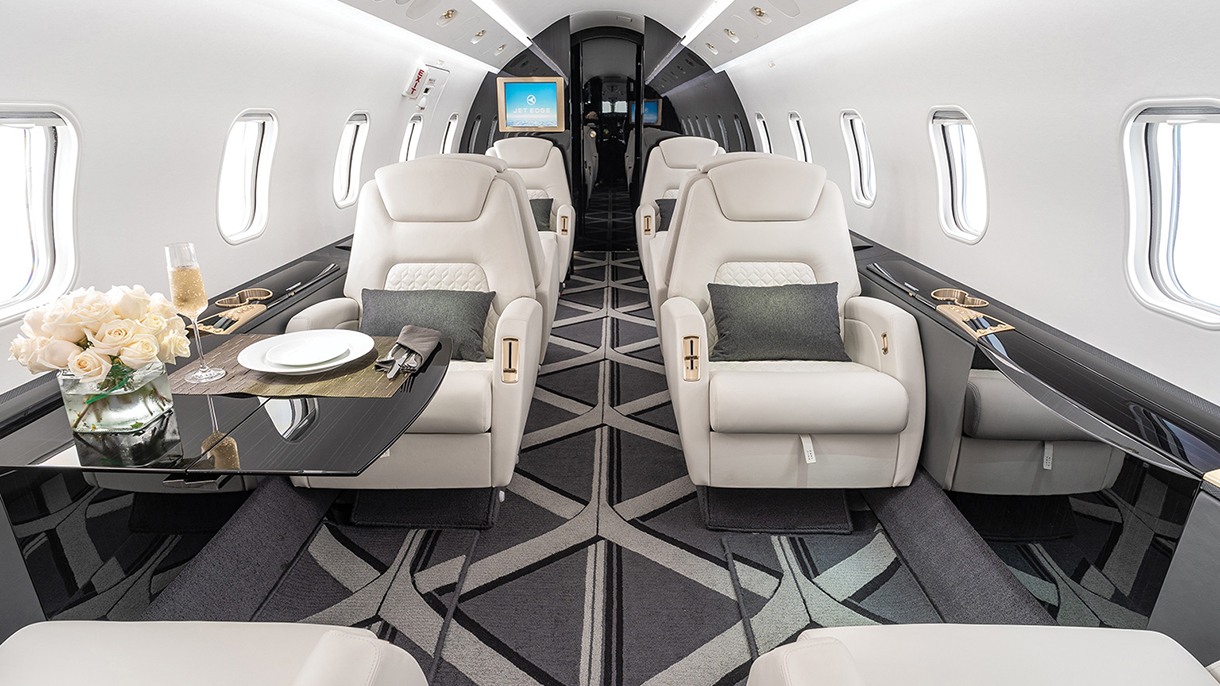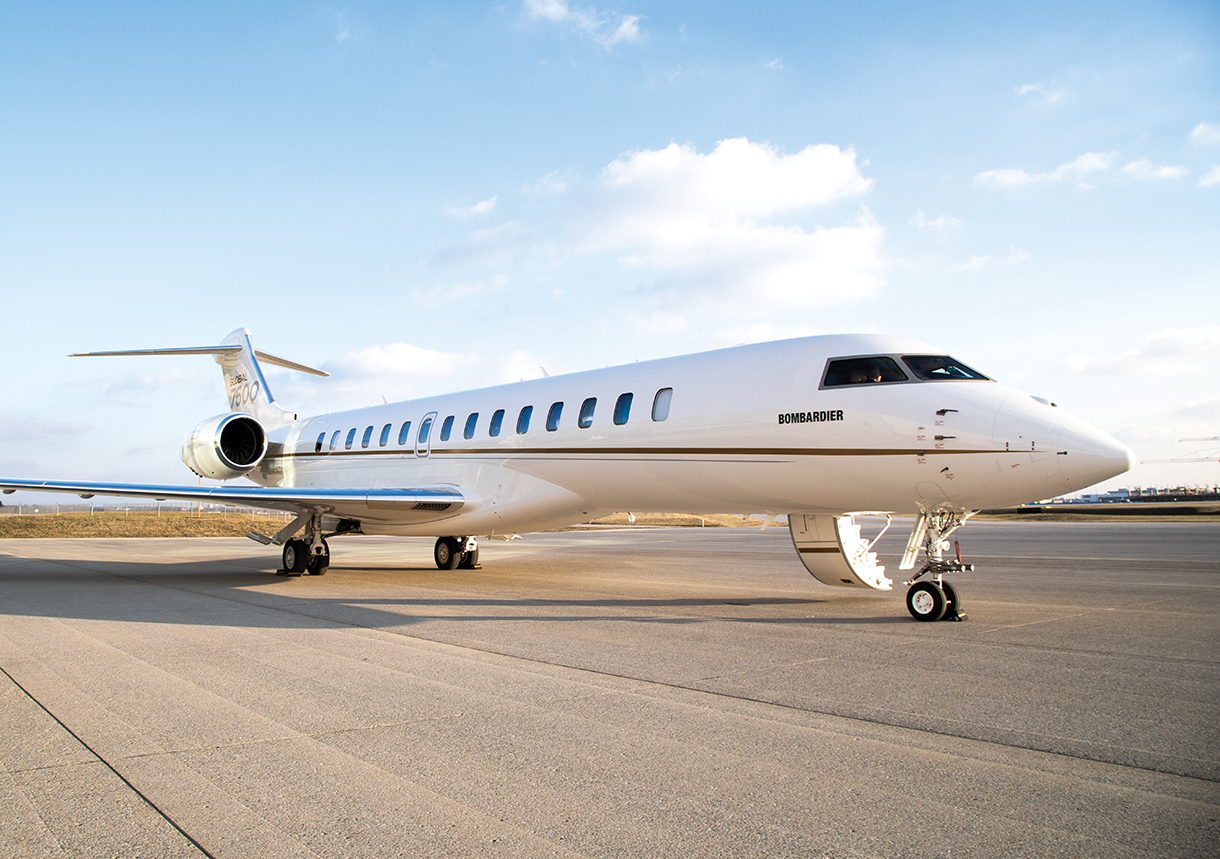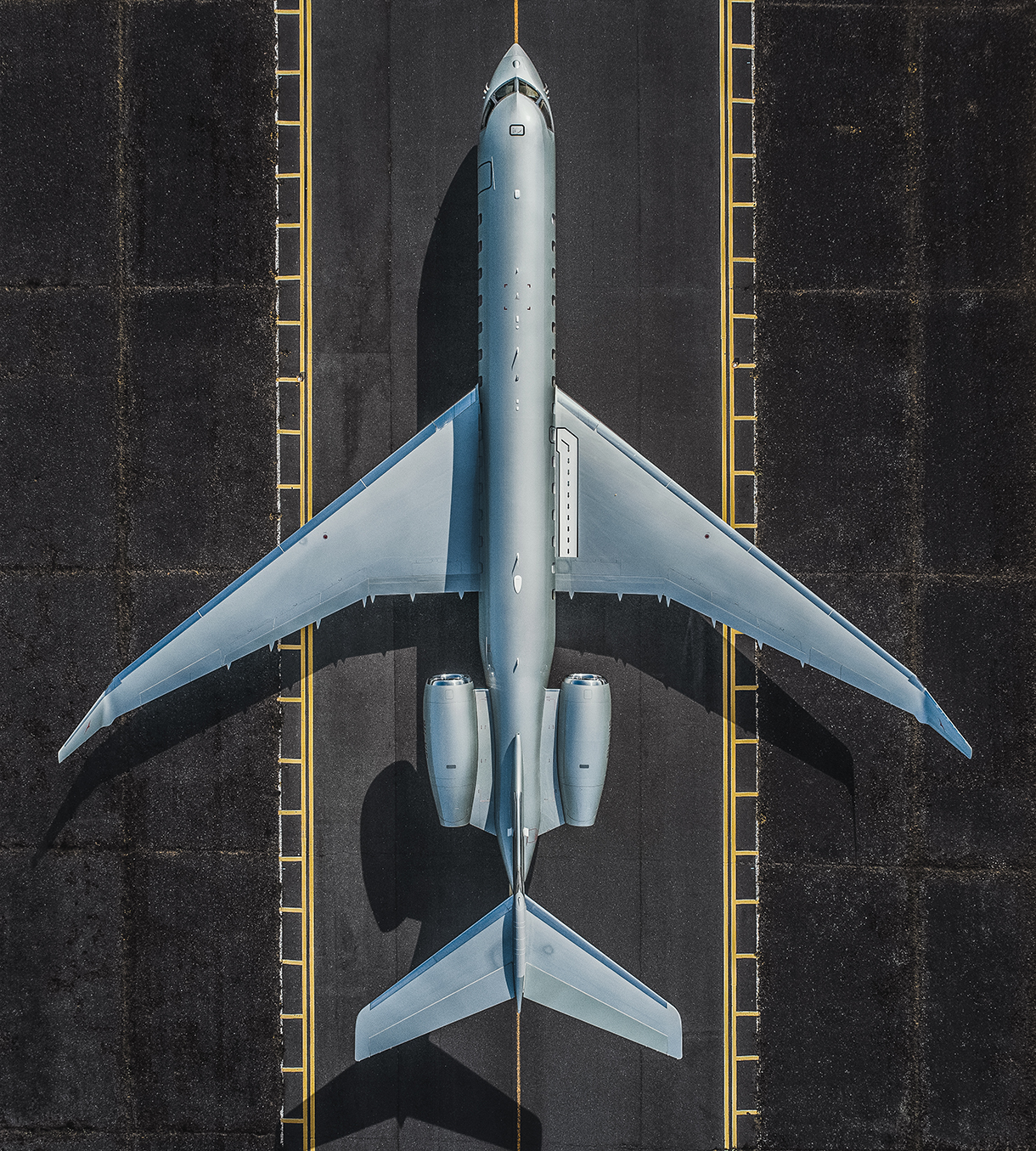
Top 5 Private Aviation leaders With Unprecedented Demand
“In the past two years, a lot of people have taken their first bite of the juicy apple that is private aviation,” says Matteo Atti, executive vice president of innovation for VistaJet, a leading European private flight provider that has grown to become one of the world’s largest. “And so, the market is really opening up to a customer group that has never touched it before. And that is what I think will accelerate innovation across the entire industry.”
On the aircraft side, common anecdotes of 2020 and 2021 included charter flights cancelled and passengers left on the tarmac due to lack of available backup planes when crew or mechanical issues arose. In response, flight providers are making massive investments in new aircraft as manufacturers launch new models. Last year saw the introduction of several new private jet models, among them the Dassault Falcon 10X and Gulfstream 800, the biggest and best from those builders, and a new HondaJet concept capable of transcontinental flight.
Of course, customers will have to wait at least a few years for those models to become certified and enter service. For currently certified models, providers like VistaJet, as well as NetJets, Flexjet, and Jet Edge, are putting down hundreds of millions of dollars to claim jets years before they come off the assembly line.
Meanwhile, flight providers and travelers are clamoring for private flights now. But private aircraft inventory has dropped to historic lows, which means flight service providers continue to scramble to find enough planes and, in many cases, are not accepting new members. And so, if not innovation, at least accommodation continues among those providers.
“NetJets is consistently operating well beyond pre-pandemic flight volume,” says Patrick Gallagher, the company’s president of sales, marketing, and service. “[Fractional aircraft] owners have experienced business as usual in their recent travels, but a few have felt the challenges that coincide with heightened demand across the industry.”
That resulted last August in NetJets—the world’s largest operator of private jets—grounding the sale of new jet cards, its solution for on-demand flights requiring short-term financial commitments. Flexjet, the second-largest fractional aircraft operator, halted its jet card sales two months later. At press time, reports indicated that those sales might resume in spring.
“There are no signs right now that point toward the market slowing down,” says Jonah Adler, chief commercial officer at Jet Edge, a rising star among flight service providers, with one of the faster-growing fleets. “Our best advice to all of our members is try to plan your travel as early as possible, get your trips booked, and then you don’t have to worry about it.”
Here, a detailed look at what to expect from each provider right now.

JET EDGE
In March, Vista Global acquired US charter operator Jet Edge, which was already fast-growing and well-positioned despite pandemic-related shortages. The move is sure to help Jet Edge meet increased flight demand. “There’s an incredibly large number of unhappy fractional and jet card customers out there right now,” says Adler. “As crazy as it sounds, one of the things that is really driving people to our platform is the fact that we actually have availability. We have airplanes. We have room in our system to service new members. It just happens to be that we’re able to do it on the best equipment in the industry.”
Since its founding in 2007, Jet Edge has focused on managing its fleet of charter aircraft—ranging from super-midsize Gulfstream G280s to large-cabin, long-range BBJs—owned by individuals who make their planes available for charter. But with the support of $265 million worth of investments it received last year, the company has shifted focus to purchasing aircraft and making them available to its members.
“In the current market, we are the only operator of Challenger and Gulfstream aircraft that added a significant number of planes in 2021 and will continue to do so through 2022,” says Adler. “We are adding aircraft at a time where there’s almost no availability in the market.”
Last year, Jet Edge took delivery of over 20 aircraft, including 13-passenger Gulfstream GIVs and G450s, as well as 8-passenger Challenger 300s and 350s. And it expects 20 more this year, bringing its fleet size to 95 planes. The company is outfitting the newly acquired aircraft with custom interiors and the latest tech for its Reserve members, who pay a fully refundable deposit from $100,000 to $500,000 to use as a travel fund with fixed hourly rates.
“It’s a simple, simple program,” says Adler. “And there’s essentially no commitment. I think because we’ve made it so easy, it’s easy for people to come on board.” flyjetedge.com

NETJETS
When NetJets announced its suspension of jet card sales, it cited a waitlist of more than 2,000 customers. Pausing that part of its business allowed the industry leader to focus on customers who have made larger financial commitments in the form of fractional jet ownership. The company says it will continue accepting deposits for fractional owners planning travel for 2022 and beyond, so by and large, current customers who plan ahead are not seeing an interruption of service. But even for the most stable company in the industry, with the financial backing of Warren Buffett’s Berkshire Hathaway, NetJets’ infrastructure is stretched thin.
“NetJets’ flight demand is currently exceeding all other highs in our 57-year history, and we have seen daily flight demand increase by about 30 percent compared to pre-pandemic volumes,” says Gallagher, noting that NetJets filled 350 new positions last year, including 300 new pilots, to help accommodate the increased demand, in addition to growing its fleet substantially. As part of a $2.5 billion investment, NetJets will be adding 80 new aircraft to grow its fleet to more than 850 jets by the end of 2022. Those include Bombardier’s ultralong-range Global 7500, the largest and most-capable aircraft in NetJets’ fleet, and the transatlantic Global 5500. In October, NetJets inked a $1.2 billion deal with Embraer to option as many as 100 new Phenom 300E regional jets for its US and European fleets, with deliveries beginning next year. So, travelers frustrated that they have not been able to become NetJets customers in the last two years need only be patient. More planes are en route. netjets.com

FLEXJET
Like much of the industry, Flexjet has been forced to limit new business due to strained flight availability. Flexjet suspended new jet card sales, rather than price gouge would-be customers. And while it increased its jet card reservation lead time from one day to five days and added peak surcharges, Flexjet is still maintaining lead times and signing up new fractional owners and lease holders, with new jet deliveries scheduled throughout 2022. Flexjet—owned by Directional Aviation, which is also parent company to Sentient Jet, FXAIR, PrivateFly, and other industry leaders—is investing $850 million to grow its fleet to 231 jets, including 50 more aircraft the company expects to enter its fleet by the end of the year. Those planes include Bombardier Challenger 350s, Gulfstream G650s, Embraer Phenom 300s, and Embraer Praetor 500s in North America and Embraer Praetor 600s and Gulfstream G650s in Europe, with four new planes entering its fleet each month since the end of last year. The company hired some 170 new pilots last year and says it plans to add 300 more by the end of this year, in addition to 100 service and operations staff. Flexjet is also building an ultra-modern headquarters and operations center outside Cleveland, which will help it manage the ongoing demand for private jet travel. flexjet.com

VISTAJET
Since its founding in 2004, VistaJet has become one of the leaders in European jet travel, along with NetJets Europe. More recently, VistaJet’s parent company, Vista Global, expanded its international market share, especially in the United States.
“We had a 300 percent growth of new program members in North America,” says Matteo Atti of the last year, citing VistaJet’s subscription-based charter model, influx of new aircraft, and importantly, flight availability for new members as a big draw to U.S. travelers. “We made our bets on how the market would grow many years ago, and our pipeline of deliveries has been very strong.”
Last April, VistaJet took delivery of the first two Global 7500s, with up to 12 more scheduled to enter its fleet over the next two years, plus 10 Challenger 350 super-midsize jets. With its recent acquisitions, including US charter operators Jet Edge this year and XOJET in 2018, Vista Global has massively expanded its access points for US-based travelers and become the world’s largest charter operator.
“While previously, a lot of American customers would refer to regional providers and then find ad hoc charter when they were in Europe, Asia, or the Middle East,” he says, “we see a lot of them looking for a trusted partner that can serve them in this country and on every other continent.” vistajet.com

WHEELS UP
Though the company is less than a decade old, Wheels Up has rapidly become an industry powerhouse. It started as a regional provider, offering short flights aboard its branded fleet of King Air 350i turboprops and then adding longer-range Citation Excel/XLS and Citation X jets. In 2020, Delta Private Jets merged with Wheels Up, quickly making it one of the largest operators by flight hours in the country with more than 11,000 members accessing its fleet of more than 1,500 owned, leased, managed, and partner aircraft. Beyond its owned fleet of King Airs and Citation jets, Wheels Up now offers flights on all aircraft types, from light to large-cabin jets. Last year, the company introduced its Up for Business program to better serve corporate travelers with options for charter, management, and ownership. Due to massive increase in demand, it was forced to put a 90-day travel moratorium on new members from last November to February, so that it could continue serving its current members. With record earnings in 2021, the company says it is making investments across the board in order to ensure its ability to satisfy current demand and deliver on members’ future expectations. wheelsup.com




